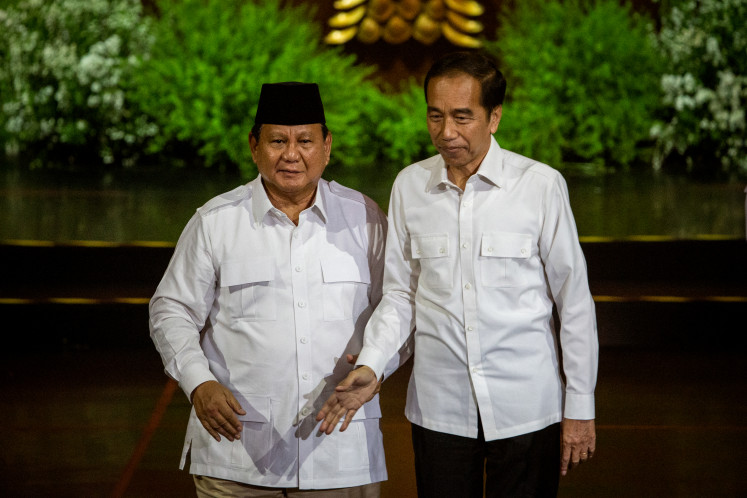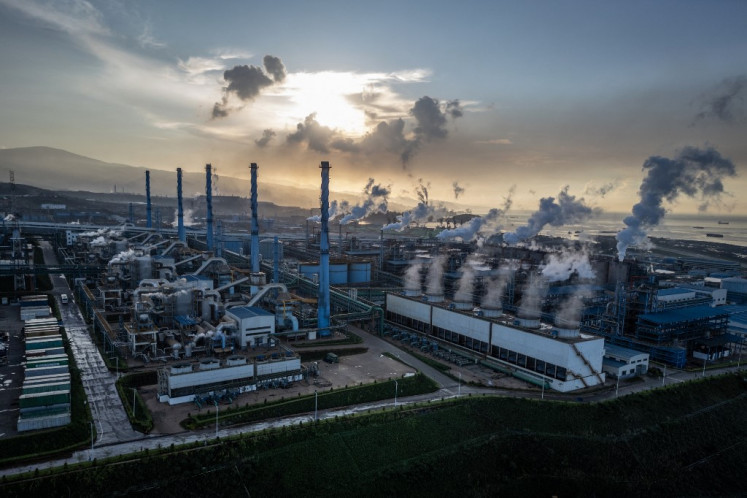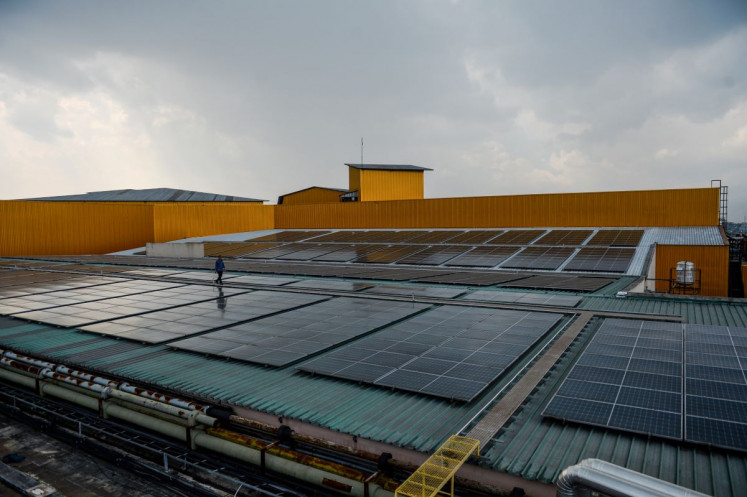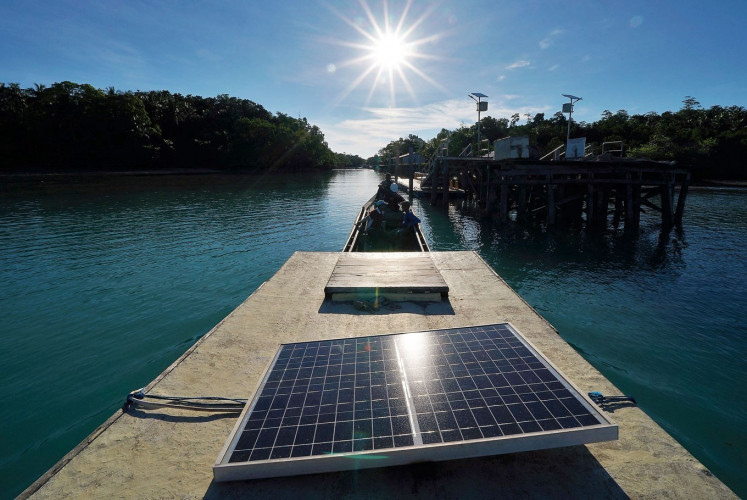Popular Reads
Top Results
Can't find what you're looking for?
View all search resultsPopular Reads
Top Results
Can't find what you're looking for?
View all search resultsEarth Day 2020: Climate crisis, carbon market and land conflict
Indonesia is among the top 10 total greenhouse gas emitters in the world with around 190.2 metric tons of carbon dioxide equivalent from land-based emissions, from agriculture, the conversion of carbon-rich forests to plantations and other uses.
Change text size
Gift Premium Articles
to Anyone
I
n a world shaken by a global pandemic, an economic crisis, geopolitical tensions and other pressing issues, it is easy to address what is directly in front of us rather than long-term issues. As part of this year’s April 22 Earth Day celebration, sadly, we cannot conduct outdoor activities such as tree planting or coastal cleanups. Nevertheless, we can plan for the Earth’s circumstances several decades from now in light of another crisis we are all already in: the climate crisis.
As part of its policy to tackle climate change, Indonesia should focus on the long run now in its effort to reduce greenhouse gas emissions and protect the environment. One of the great opportunities is the establishment of a carbon market in Indonesia. To achieve this goal, the government needs to ensure clear land ownership and systematically solve land conflicts to provide data clarity for the carbon market. This must be done first to reduce emissions from land-use change and deforestation, which shall be the ultimate target of the carbon market.
Coordinating Maritime Affairs and Investment Minister Luhut Pandjaitan stated in the World Economic Forum in January that Indonesia aimed to set up a carbon market mechanism. He believes this will bring more investment and eventually payments for Indonesia’s rich carbon sources. His plan to utilize undisturbed forests for its carbon sink rather than continuing to rely on extractive industries and deforesting is wise.
However, there are complications and time lags to set up such a carbon market. It cannot be done in a year or two. Take China; since announcing its vision to create a carbon market in 2011, China eventually launched its carbon market in December 2017. There were intense government efforts in designing, data reporting, comparing and inventorying the carbon emissions during this timeframe. As the world’s largest greenhouse gas emitter, China’s strategy was to specifically target its power sector (electricity and heat), which is the country’s biggest emissions contributor.


















